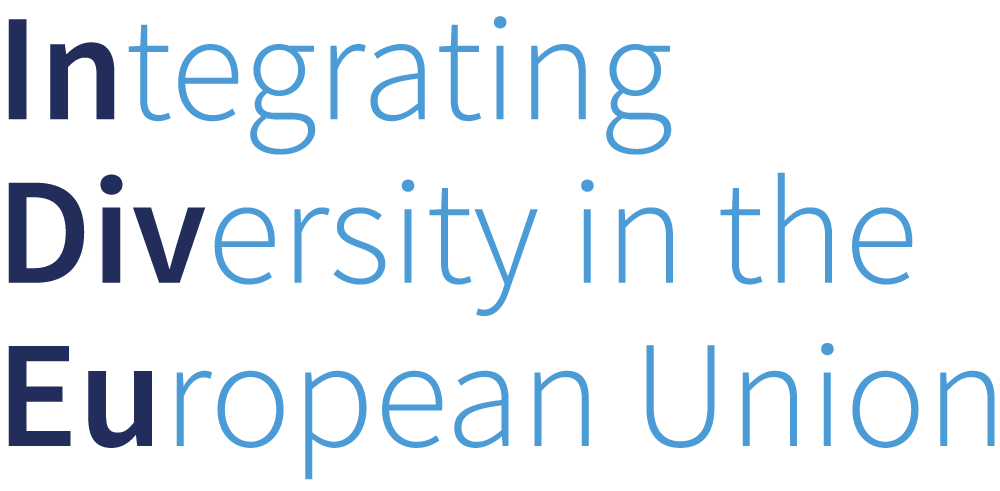Stefan Telle (European University Institute)
Research on differentiated integration (DI) in the European Union (EU) has made extraordinary progress in recent years. We now have a much better understanding of what differentiation is. We know what drives it. We know about its advantages and risks. We know that there are many types of differentiated integration and there are many ways in which it can be realized. And we know that, historically, differentiation has increased in absolute terms, but not in relative terms in the EU.
This scrupulous academic dissection of the phenomenon suggests that DI has become an important feature of the European Union. One could assume, therefore, that it is of great interest to the Member States, which are not only the principal drivers of differentiation but are also affected by its consequences. However, we neither know whether national governments and politicians care much about differentiated integration, nor if they have clear positions on the issue. In the InDivEU project, we have looked at all 27 Member States in the period 2004-2019 to find answers to these questions. Our analysis suggests that differentiated integration is primarily seen as a means to an end, not as an end in itself. As a result, however, few governments seem to fully appreciate the long-term potentials and risks of DI.
Do governments and politicians care about differentiated integration?
Our analysis of programmatic documents, such as government programs or inaugural speeches by Prime Ministers or Presidents, suggests that governments rarely take clear positions on differentiated integration. They almost never formulate what type of differentiation would be more or less acceptable in general terms. If differentiation is discussed at all, it is related to achieving specific policy objectives which may be attained via more or less integration.
Given the sparse discussion of DI in governmental documents, we broadened the analysis to parliamentary minutes. This richer data source allowed us to see how much of a topic DI was in day-to-day political discussions. Yet, we found that DI-related keywords were used only occasionally in parliamentary debates. This was especially so when we looked at debates on more abstract ideas such as ‘multi-speed Europe’ or a ‘core Europe’. When such debates occurred, it was usually in reaction to European-level developments, like Treaty changes, major crises which require quick political responses, but also the initiation of the Future of Europe debate by the Commission in early 2017. After such episodes of elevated discussions, the salience of differentiated integration dropped back to low levels. This synchronicity suggests that common European challenges can trigger moments of debate about the longer-term consequences of differentiation in the European Union.
Looking at the mechanisms through which DI is realized, we find that ‘enhanced cooperation’ has been debated more frequently after 2010 than before. This increase is related to debates on specific policy initiatives, such as the European Financial Transaction Tax (especially in 2012), the European Public Prosecutors Office (especially after 2013), or PESCO (especially in 2017). While the specific issues were not equally salient in all Member States, these debates have in common that the mechanism of ‘enhanced cooperation’ is considered as a potential way to overcome inaction. As could be expected, the mechanism of opting out of EU policies has mainly been debated in periods of treaty change. Also unsurprisingly, it is mentioned more often in countries that themselves have opted out (de facto or de jure) from major EU policies, especially Ireland, Denmark, and Sweden. Interestingly, the 2015 Danish referendum on ending Denmark’s opt-out from Justice and Home Affairs matters led to more debates not just in that country, but also in Ireland and Sweden.

What positions do governments have?
The low salience of differentiated integration in programmatic documents and parliamentary debates makes it difficult to assess governmental positions on the issue. In fact, it seems questionable whether governments have clearly formulated positions, especially on the more abstract implications of differentiation. Nevertheless, we have asked country researchers, after having analysed the various data sources mentioned above, to provide us with an estimation of how national governments assess DI. While imperfect, the results are interesting in two regards.
First, we find that there is great variation in how governments assess alternative models of differentiated integration (i.e., ‘multi-speed Europe’ and ‘Europe of multiple endpoints’). We also find that the two models at times get assessed differently by the same government. In France, for example, the ‘Europe of multiple endpoints’ was seen more positively than the idea of a ‘multi-speed Europe’. But the opposite was the case in Germany! The explanation seems to be that French governments viewed differentiation primarily as a tool to achieve deeper integration, while German governments worried more about the potential disintegrative consequences of differentiation.
To illustrate, the 2007 presidential programme of Nicolas Sarkozy states that “Institutional mechanisms that govern the EU should not prevent those who want to integrate further. Reinforced cooperation, or specific treaties, should allow the willing countries to engage in specific European policies which are adapted to their concerns.” By contrast, the German chancellor, Angela Merkel, warned in June 2008 in the German Parliament that “discussions about a two-speed Europe or core Europe are not helpful. To avoid any misunderstandings, I do not think this discussion leads anywhere and is even reckless to a certain extent because you cannot have an enlarged EU and as soon as the first difficulties arise say ‘Now we are going to create a core Europe.’ This means that reaching unity in Europe, as hard as it might be, is not an end in itself but a high good instead.”
A decade later, under a different government, the French position had not changed. In 2017, Danielle Auroi, President of the Commission on European Affairs, declared in Parliament that “on certain topics, on which the Union is stuck today, it is inevitable to form a core of European states which want to go further – a Europe of pioneers. These choices will have important implications for common institutions, which operate as of now on the principle of representation of every Member State.” However, the French focus on deepening integration stands in stark contrast to the positions formulated in those Member States which involuntarily find themselves outside the European core. In reaction to the Commission’s White Paper on the Future of Europe, Romanian President Klaus Johannis made it clear in March 2017 that: “We believe, and we have said this very clearly and firmly, in a strong united supportive European Union, and this consolidation must be done together, by all 27. For this reason, I did not think it was right for us to go for variants such as Europe with several speeds or Europe with two speeds or Europe with concentric circles. […] This has been and will continue to be presented as Romania’s position.“
The second main finding is that the mechanism of ‘enhanced cooperation’ is viewed more positively than that of ‘opt-outs’ in almost all Member States but one: Ireland, which is the only country where enhanced cooperation tended to be seen more negatively than opt-outs. This observation is interesting because it suggests that it matters how differentiated integration is framed. In analytical terms, both mechanisms create an out-group and an in-group. In fact, opt-outs have historically produced more inclusive in-groups than enhanced cooperation. But what seems to matter here is that ‘enhanced cooperation’ is perceived as a mechanism which enables more integration, while opt-outs are perceived as undeserved or undesirable special treatments for specific Member States. In other words, ‘enhanced cooperation’ puts the focus on furthering the integration process, while opt-outs put the focus on reluctant Member States.
Conclusion: Unused potential, unappreciated risks?
Our analysis suggests that differentiated integration is primarily seen in instrumental ways, as a means to an end. This is borne out by the fact that debates on DI are rare and tend to take place when DI might be the solution to a common European challenge. Besides these common challenges, governments predominantly appear to view DI as a way to achieve their immediate policy objectives. However, this raises the question of whether governments take the long-term potentials and risks of DI sufficiently into account. They may well be too myopic in this regard.
In terms of potentials, research has shown that DI can boost EU support in reluctant Member States. Hence, opting for less integration in one specific policy field could be used to nurture support for more cooperation in other areas. For integration-seekers, DI is a means to pursue deeper cooperation within a limited coalition of willing Member States without having to wait for all 27. If membership in the group of integration seekers is stable, differentiation may therefore be used to forge a federal style ‘Core Union’. This seems to be how French governments view DI.
At the same time, the focus on using DI as a tool to achieve policy objectives can lead governments to underappreciate its undesirable long-term consequences. For Member States, opting out of one or several EU policies reduces their ability to influence the long-term development of these policy areas. While reluctant Member States can block enhanced cooperation if they fear that it will impact them negatively, this is not the case when they have opted out of a policy voluntarily. Hence, using DI to achieve a current policy objective may jeopardize the ability of the Member State to influence EU policymaking in the long term. For the EU, differentiation implies the risk of fragmentation, increased transaction costs, and even disintegration. While most opt-outs are temporary, differentiation in the Eurozone and Schengen Area appear to be rather stable, providing national politicians in peripheral states with an opportunity to lament ‘second class membership’. Finally, the application of EU rules in non-Member States blurs the line between members and non-members. While there are humanitarian, economic, and geopolitical reasons to bind non-member closer to the Union, uncertainty about what membership means could lead to more demands for ‘cherry picking’ among the Member States.
Links:
